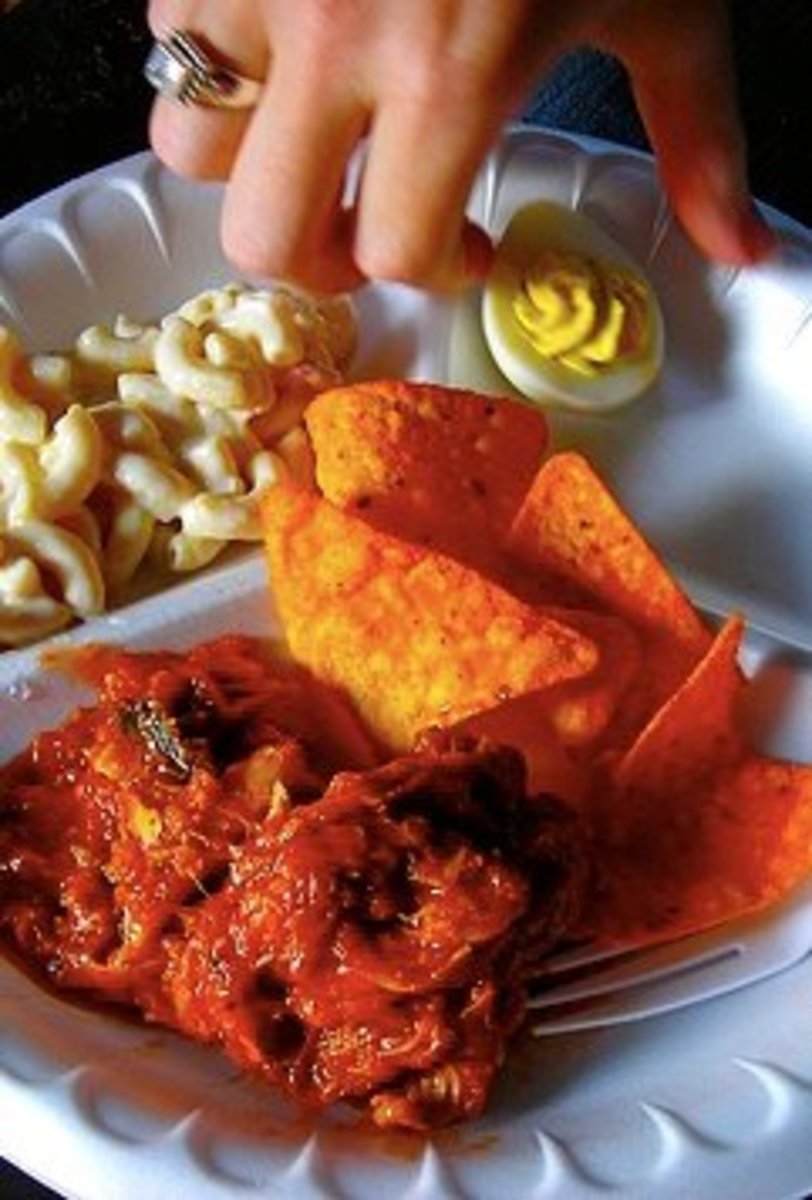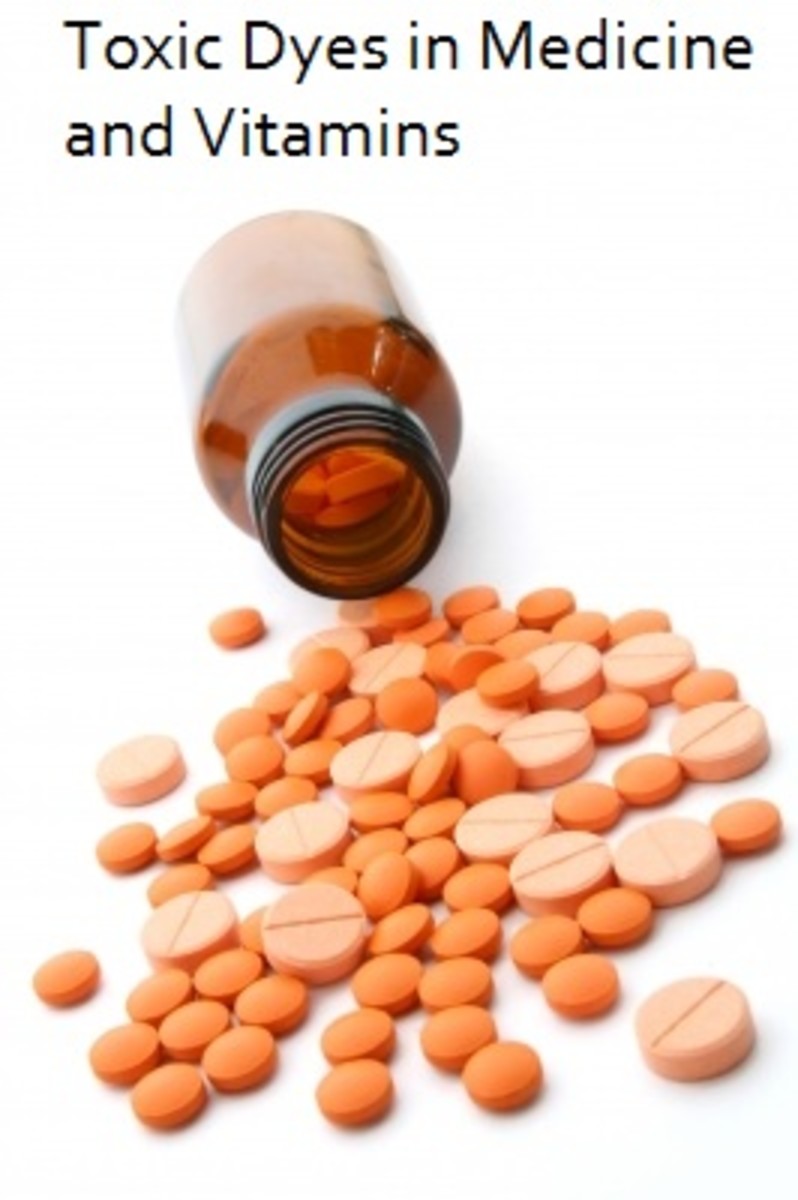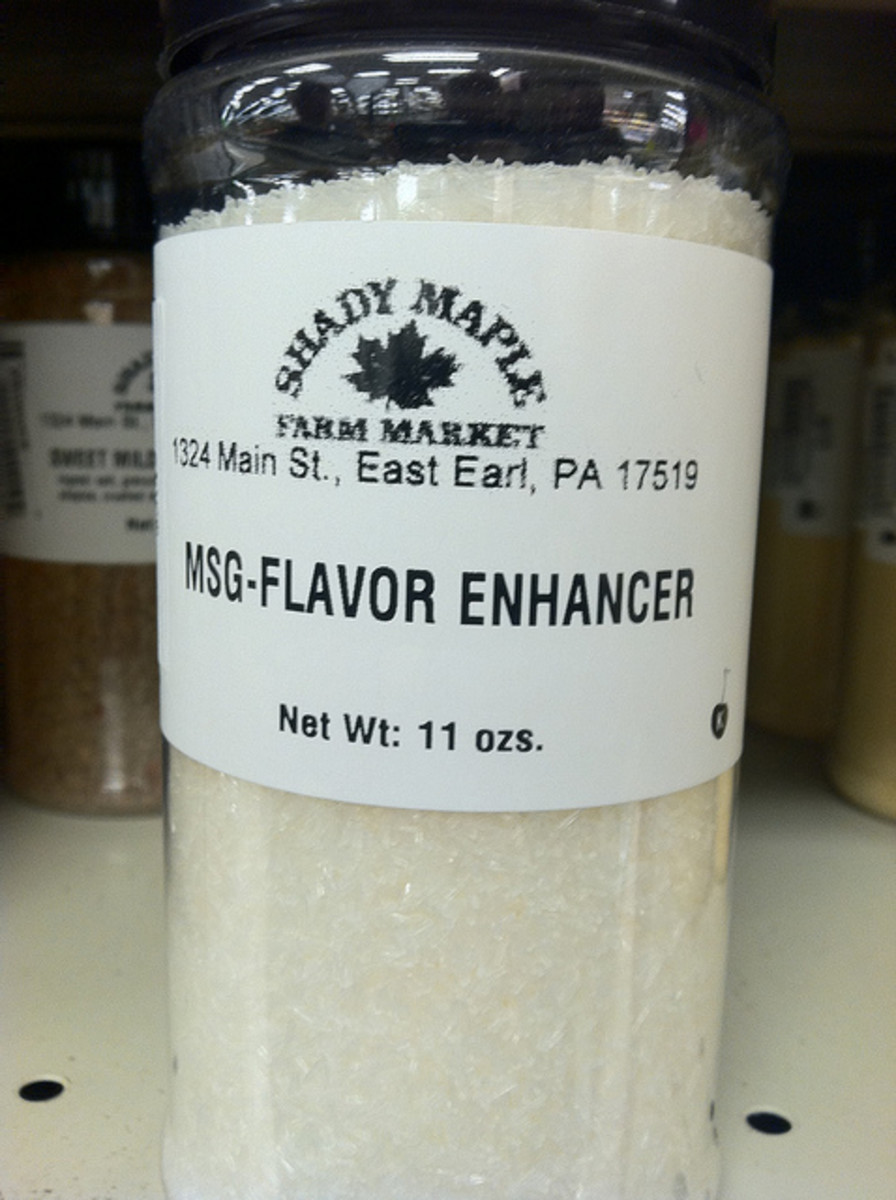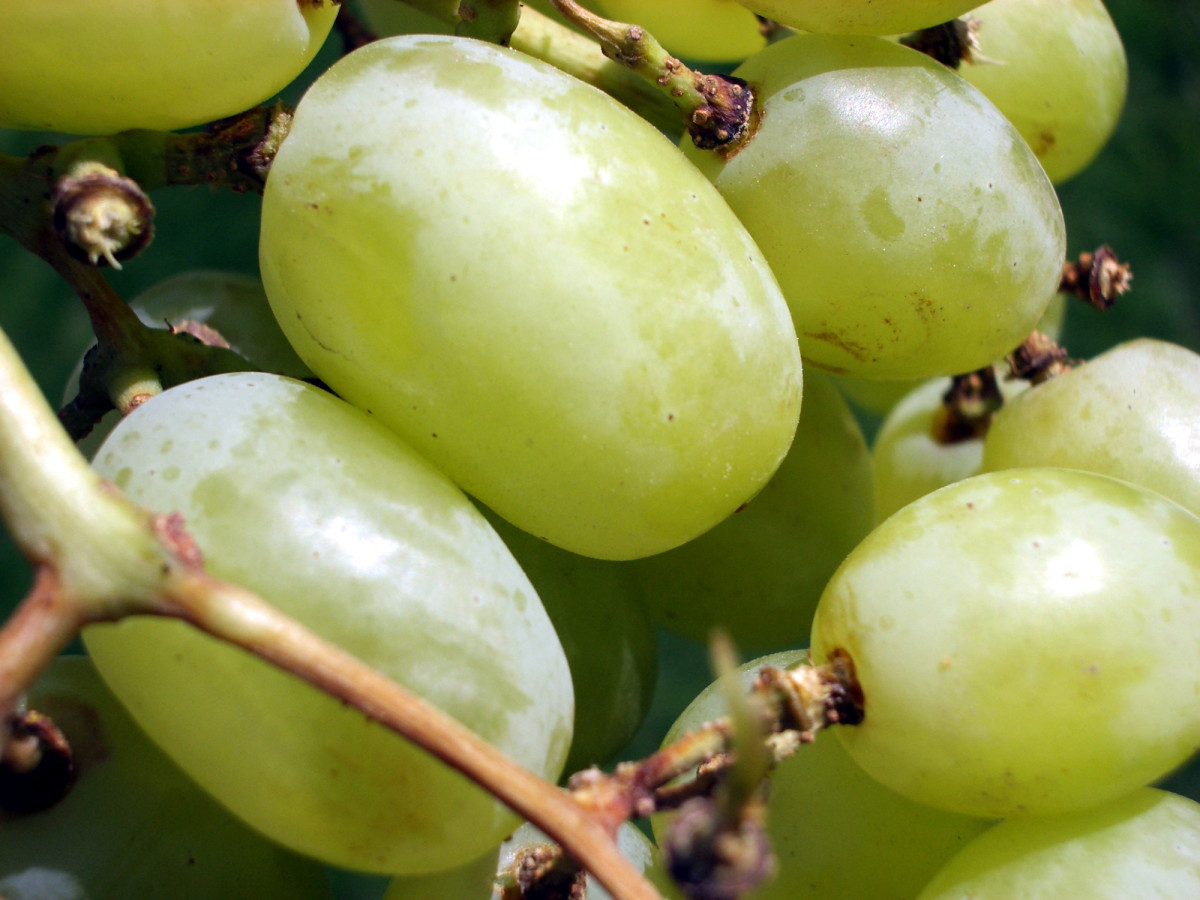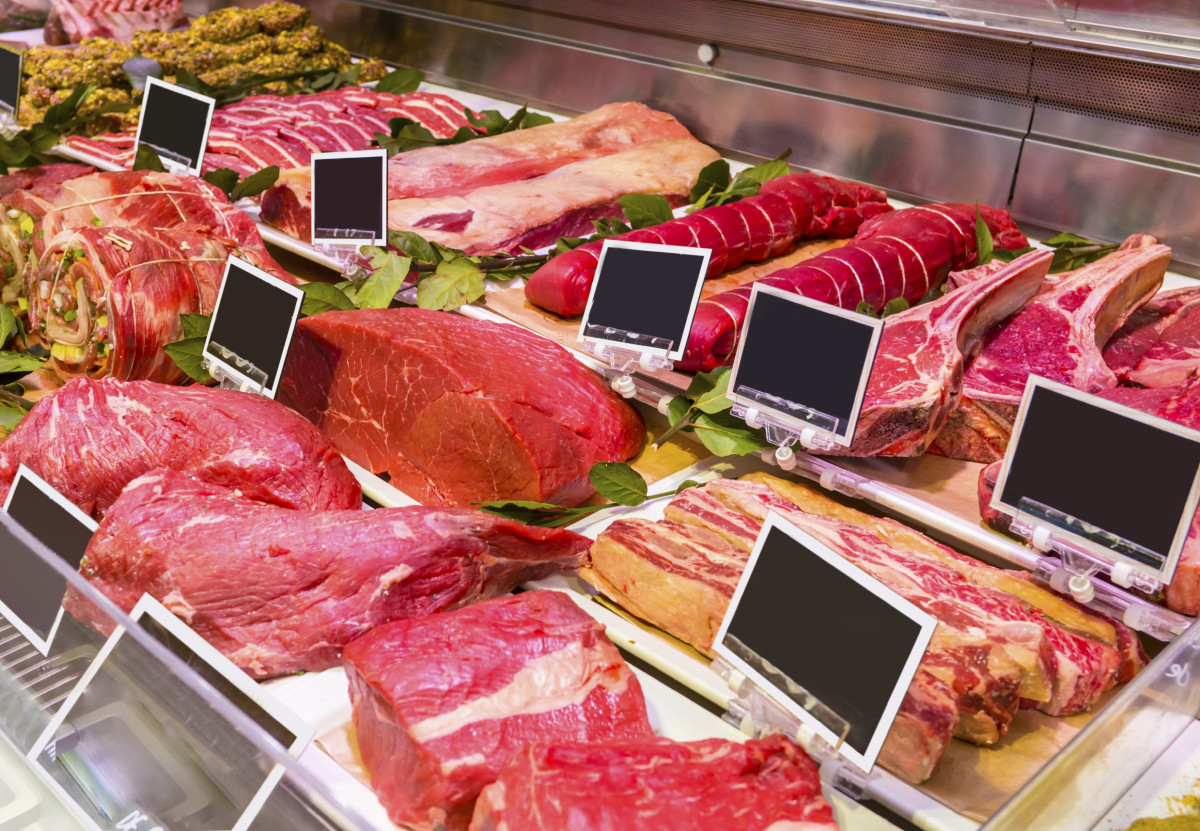What's In Your Food?
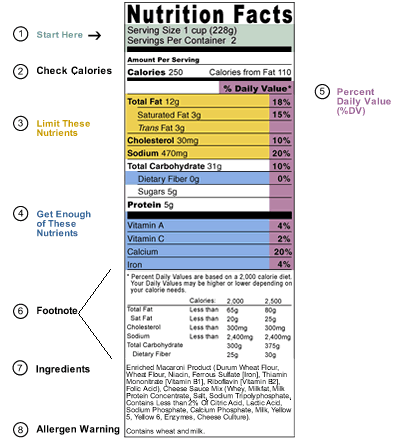
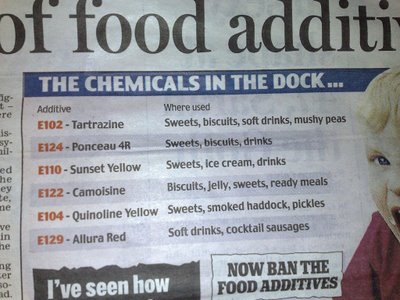
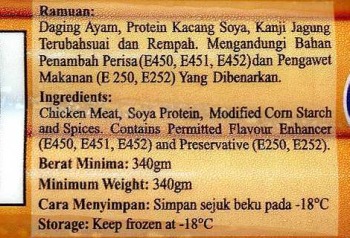
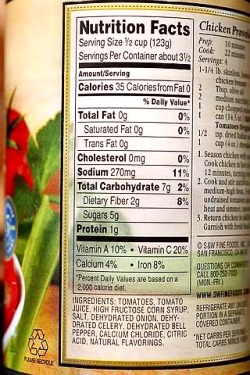
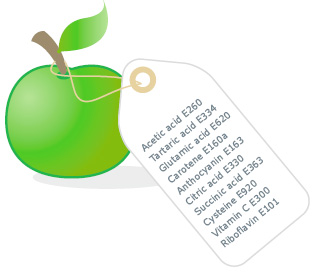

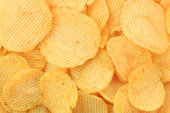
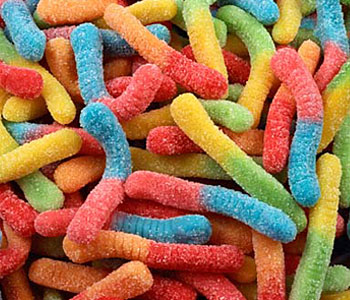

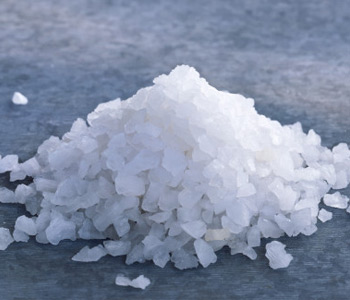
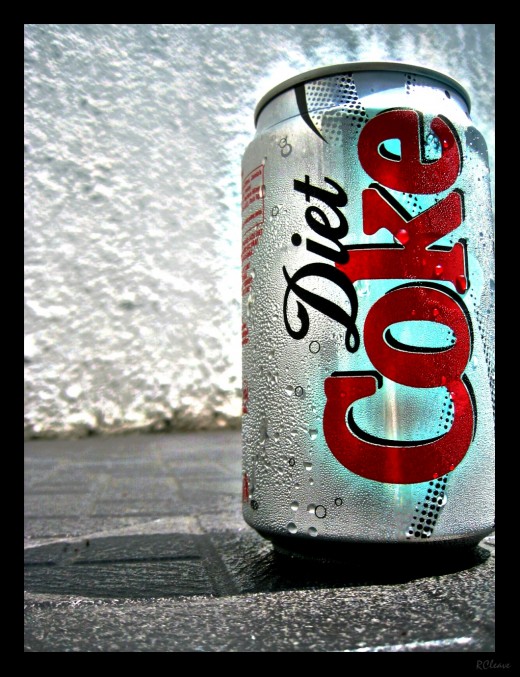
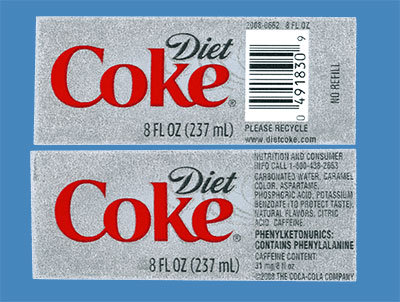
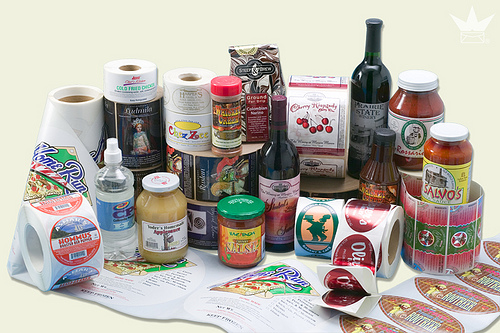
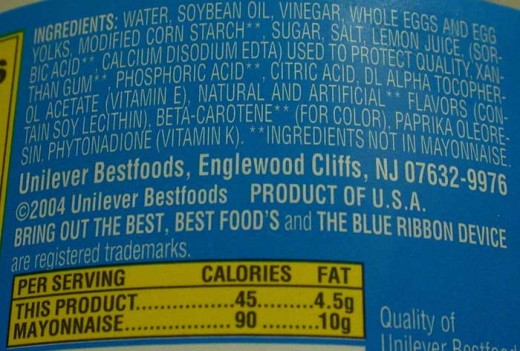
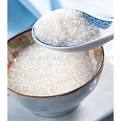
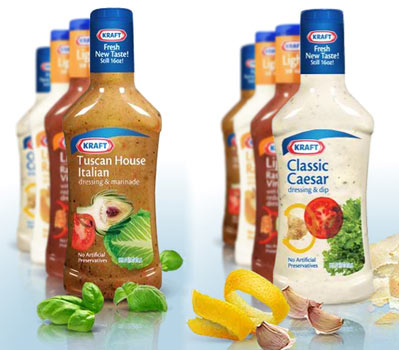
Some Food Additives To Avoid
Most of us have read food labels to determine the salt, sugar and fat contents in pre-packaged food items that we are about to purchase. If you are like me, you skip over the other ingredients on the label, mostly because you can't pronounce them or because they do not mean anything in particular. You may wonder to yourself "what is sodium benzoate?" But because you or the kids have eaten the product before, you say to yourself "I hope it doesn't make us sick." It is true, convenient foods make it quick and easy to rustle up meals given our limited time as parents. But have you ever thought that some of the additives that are in your food, the ones at the bottom of the label or that you can barely pronounce might not be so good for you? Have you ever though that they may be making you and your children toxic and overweight? What do you look for when reading labels? What additives to your foods you should avoid?
The Food and Drug Administration (FDA) defines food additive as as any substance used to provide a technical effect in foods, such as flavor and appeal, food preparation and processing, freshness, and safety. The FDA regulates all food additives, breaking them into three categories. "Indirect Food Additives" include packaging materials such as paper, plastic, cardboard and glue that come into contact with food. "Direct Food Additives" include preservatives, nutritional supplements, flavors and texturizers that are added to food. "Color Additives" are used to alter colour.
According to Health Canada, food additives are any chemical substance that is added to food during preparation or storage and either becomes a part of the food or affects its characteristics for the purpose of achieving a particular technical effect. For example, substances that are used to enhance the appearance, texture, or keeping qualities of a food or serve as essential aids in the processing of food are all considered to be food additives.
Unlike the FDA,Health Canada does not include common ingredients such as sugar and salt, vitamins, flavours, etc. Monosodium glutamate (MSG), for example, is commonly thought to be a food additive but is defined as a flavour enhancer and is therefore not included in the legal definition of food additive. Packaging is considered an indirect food additive and, in fact, many kinds of packaging actually add substances to the food they enclose.
What is a consumer to do when shopping for food? Educate yourself about what you eat; read the label of whatever foods you are about to purchase. Anything that you cannot pronounce is probably a suspect. First you can start by determining what are the approved food additives. See http://www.hc-sc.gc.ca/fn-an/securit/addit/diction/dict_food-alim_add-eng.php for the list of food additives permitted for use in Canada.
Not all food additives are safe even though they may be approved for human consumption. According to www.health.msn.com, some of the more popular food additives that are questionable and should be avoided are sodium nitrate, BHA and BHT, Propyl gallate, Monosodium glutamate (msg),Trans fats, Aspartame, Acesulfame-K, Food colorings: Blue 1, 2; Red 3; Green 3; and Yellow 6, Olestra, Potassium bromate, White sugar and Sodium chloride.
1. Sodium nitrite: used to preserve, color, and flavor meat products. Sodium nitrite is commonly added to bacon, ham, hot dogs, luncheon meats, smoked fish, and corned beef to stabilize the red color and add flavor. The preservative prevents growth of bacteria, but studies have linked eating it to various types of cancer.
2. Butylated hydroxyanisole (BHA) and butylated hydrozyttoluene (BHT): They are antioxidants used to preserve common household foods by preventing them from oxidizing. Both keep fats and oils from going rancid and are found in cereals, chewing gum, potato chips, and vegetable oils, but there is concern that they may cause cancer.
3. Propyl gallate: It's used to prevent fats and oils from spoiling and is often u sed in conjunction with BHA and BHT. This additive is sometimes found in meat products, chicken soup base, and chewing gum. Propyl gallate has not been proven to cause cancer, but studies done on animals have suggested that it could be linked to cancer.
4. Monosodium glutamate: is an amino acid used as a flavor enhancer in soups, salad dressings, chips, frozen entrees, and restaurant food. It is commonly associated with Asian foods and flavorings. MSG can cause headaches and nausea in some people, and animal studies link it to damaging nerve cells in the brains of infant mice.
5. Hydrogenated Vegetable Oil and Trans fats: The process used to make hydrogenated vegetable oil (or partially hydrogenated vegetable oil) creates trans fats, which promote heart disease and diabetes. They are proven to cause heart disease, and make conditions perfect for stroke, heart attack, kidney failure, and limb loss due to vascular disease. Increasingly trans fats are being eliminated from most foods, such as margarine, vegetable shortening, crackers, cookies, baked goods, salad dressings, bread and more.
6. Aspartame: also known by the brand names Nutrasweet and Equal, is an additive found in so-called diet foods such as low-calorie desserts, gelatins, drink mixes and soft drinks. It also comes in individual packages used in place of sugar as a sweetener. The safety of aspartame, a combination of two amino acids and methanol, has been the focus of hundreds of scientific studies. Although aspartame is approved by the US FDA, WHO, ADA and FAO, Center for Science in the Public Interest gave it their lowest ranking in a review of food additives, quoting animal studies in 1970 and in 2007, which suggest that there is a link between aspartame and cancer. (health.msm.com)
7. Acesulfame-K: is a relatively new artificial sweetener, approved by the U.S. Food and Drug Administration in 1998 for use in soft drinks. It is also found in baked goods, chewing gum, and gelatin desserts. Acesulfame-K—the "K" is the chemistry symbol for potassium—is considered 200 times sweeter than sugar. It is argued that further study is needed to conclude whether or not acesulfame-K is harmful.
8. Food colorings: Blue 1, 2; Red 3; Green 3; and Yellow 6: some specific dye colors do promote tumor formation, in the right combination and conditions." Blue 1 and 2, found in beverages, candy, baked goods and pet food, are considered low risk but have been linked to cancer in mice. Red 3, used to dye cherries, fruit cocktail, candy, and baked goods, has been shown to cause thyroid tumors in rats. Green 3, added to candy and beverages, though rarely used, has been linked to bladder cancer. Studies have linked the widely used yellow 6—added to beverages, sausage, gelatin, baked goods, and candy—to tumors of the adrenal gland and kidney. A new study links symptoms of ADHD to food coloring and the preservative sodium benzoate.
9. Olestra:a synthetic fat known as the brand name Olean and found in some brands of potato chips, prevents fat from getting absorbed in your digestive system. This often leads to severe diarrhea, abdominal cramps, and gas. Olestra inhibits healthy vitamin absorption from fat-soluble carotenoids that are found in fruits and vegetables and thought to reduce the risk of cancer and heart disease.
10. Potassium bromate:is rare, but still legal in the U.S., and used as an additive to increase volume in white flour, breads, and rolls. Most bromate rapidly breaks down to an innocuous form, but it is known to cause cancer in animals—and even small amounts in bread can create a risk for humans.
11. White sugar: is a simple sugar found in foods such as baked goods, cereals, crackers, even sauces and many other processed foods. Too much sugar not only leads to problems with weight control, tooth decay and blood sugar levels in diabetics; it also replaces good nutrition. Nutritionists recommend that simple sugar should be less than 10% of daily diet; most Americans consume more that 30% of simple sugar.
12. Sodium chloride: more commonly known as salt, can certainly bring flavor to your meal. But salt is another hidden food additive that can lead to health issues. Too much sodium in the diet can affect cardiovascular function, leading to high blood pressure, heart attack, stroke, and kidney failure.
13. Sodium benzoate: is a common preservative used in most soft drinks to prevent molding. Sodium benzoate is found in most sodas, vinegar, fruit juice, and in mixed ingredients like salad dressing. It is additionally used to stop the fermentation process in wines. A new study links symptoms of ADHD to food coloring and the preservative sodium benzoate.
Some other additives to avoid are Sodium metabisulphite, Calcium benzoate because of their linkages to allergic reactions and asthma. The FDA estimates that sulfites cause allergic reactions in one percent of the general population, and five percent of people who suffer from asthma. Pesticides are also another major threat to our foods. World Health Organization states that there were three million cases of severe pesticide poisoning and 20,000 deaths globally in 1996. A survey by the Ministry of Agriculture, Food and Fisheries found that 89% to 99% of all fresh fruit, cereals, and vegetables are sprayed with pesticides! That means that pesticides used in animal feed also contaminate most meat and milk. (altmedangel.com). A new study links symptoms of ADHD to food coloring and the preservative sodium benzoate.
What can we do? The problems of food additives appear to be pervasive; it would appear that all foods are subject to some form of contamination. We have heard recently the many recalls in foods, such as tomatoes, spinach, meats and some processed foods. Some food experts suggest that we select organic fruit and vegetables whenever possible. Wash or peel non-organic produce. Choose fruits and vegetables in season. This means that your exposure to the chemicals used to delay ripening, prolong shelf-life, preserve color and so on, will be limited. Proponents of organic poultry, beef and other meats suggest free-range rather than animals fed antibiotics, which get into the food chain. The vegan lifestyle has become more attractive to many who try to be conscientious of the kinds of food they consume. No need to panic however, this is a warning to buyers, be aware!


